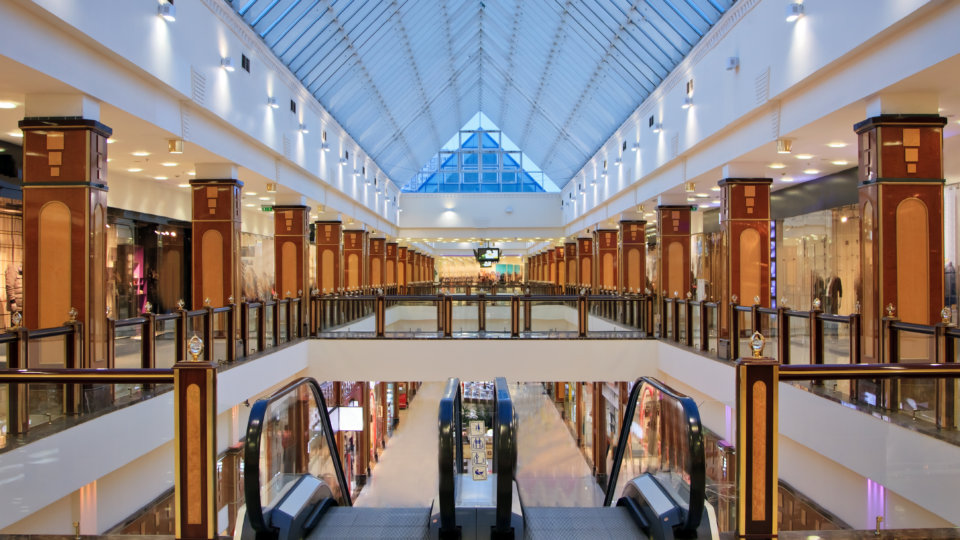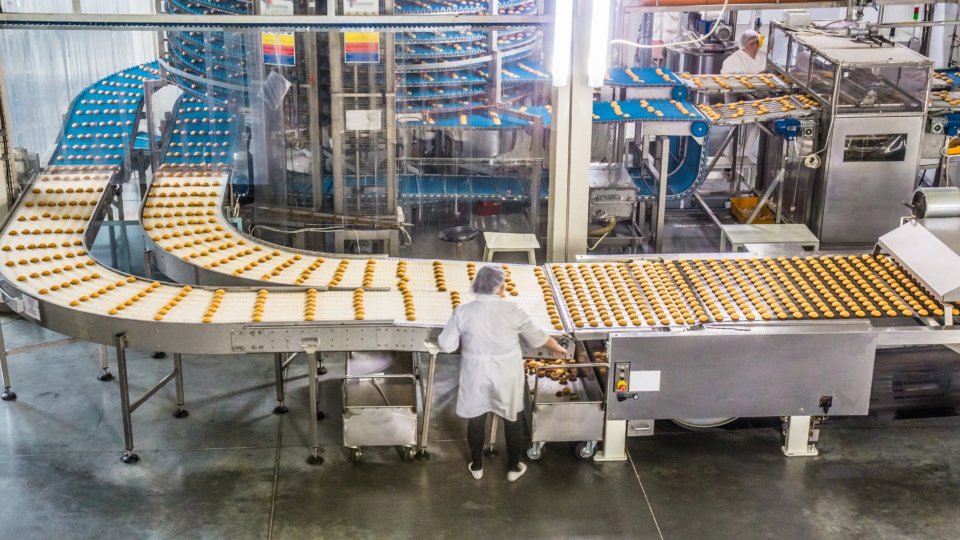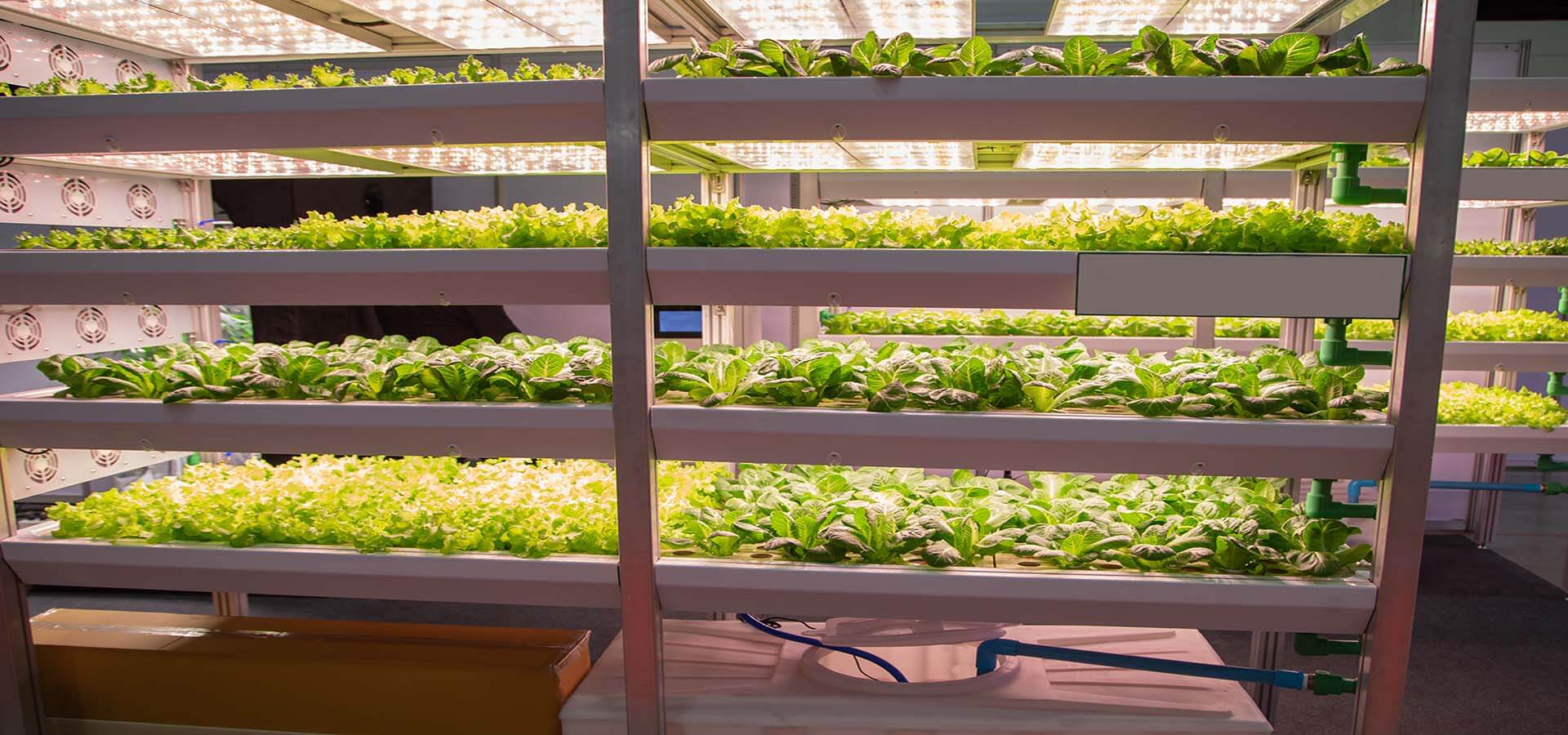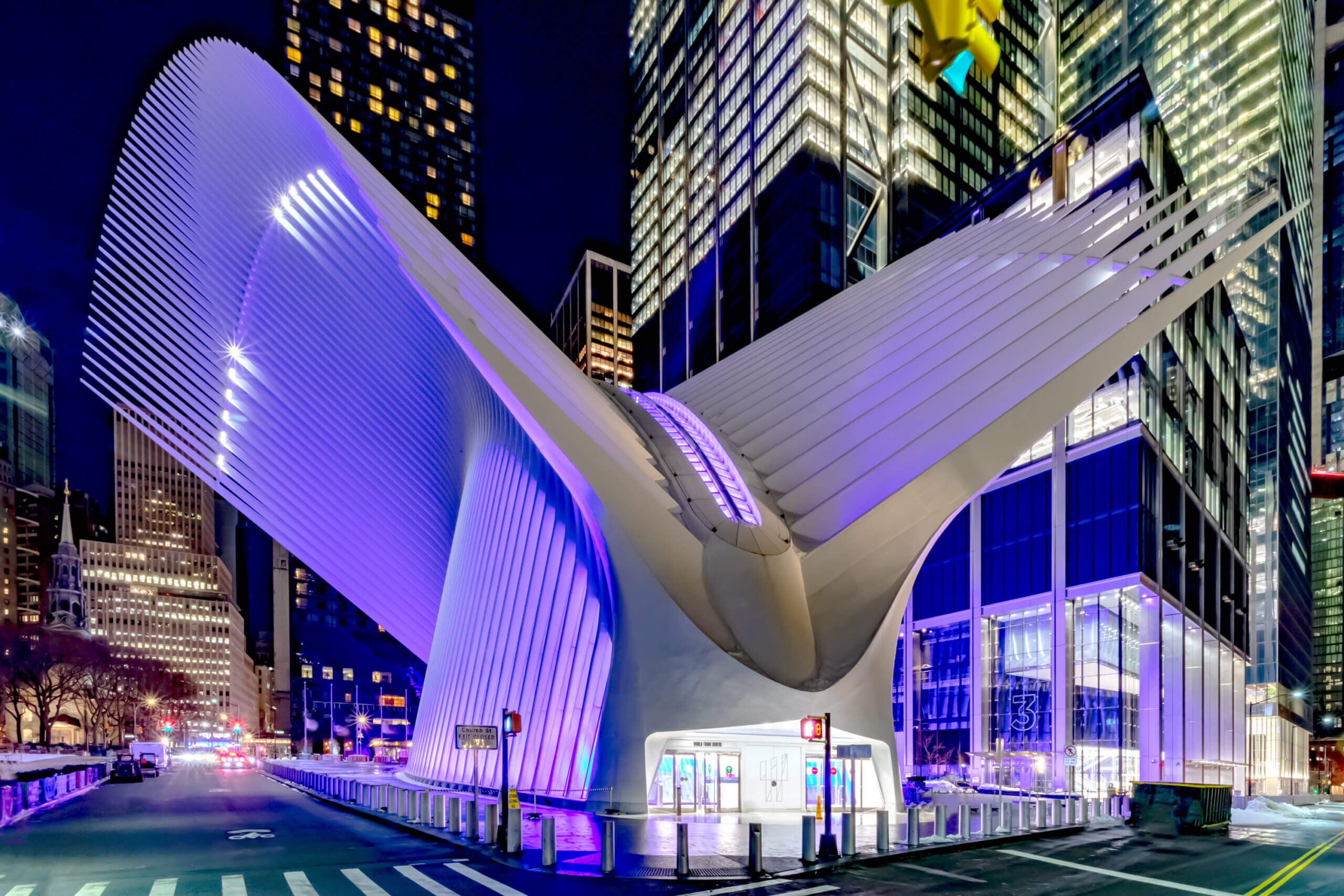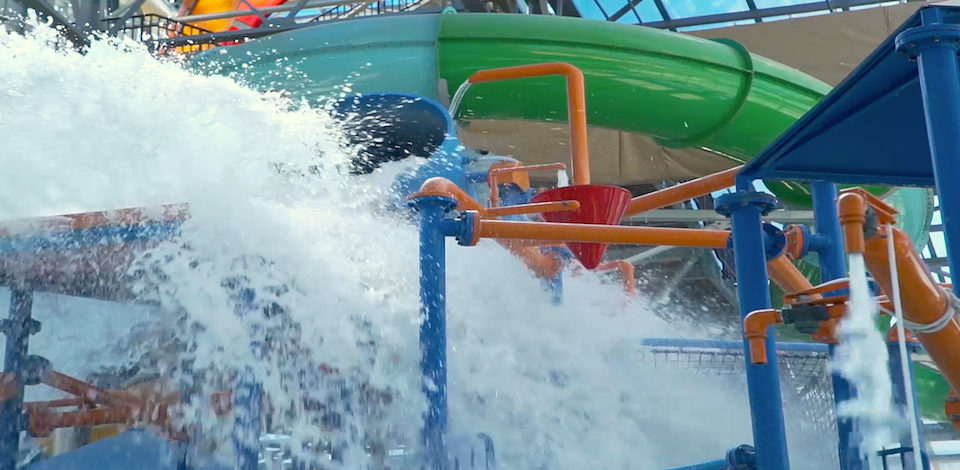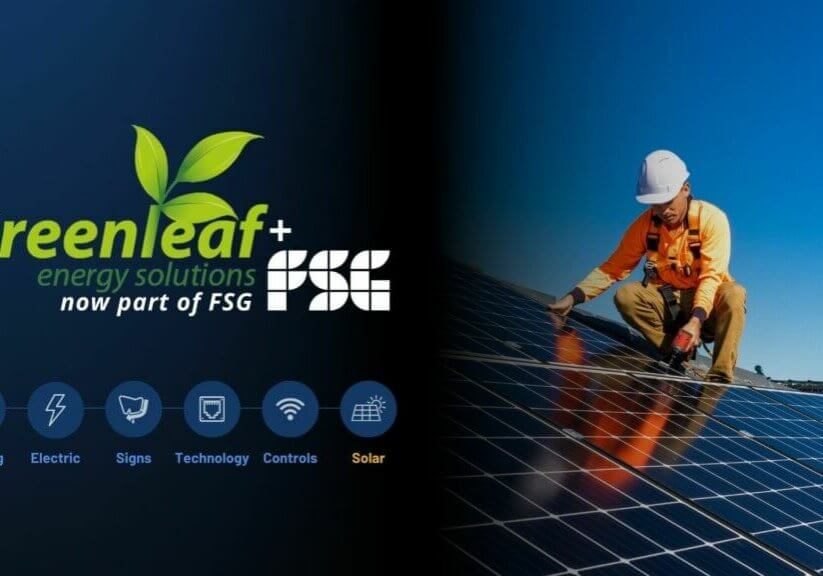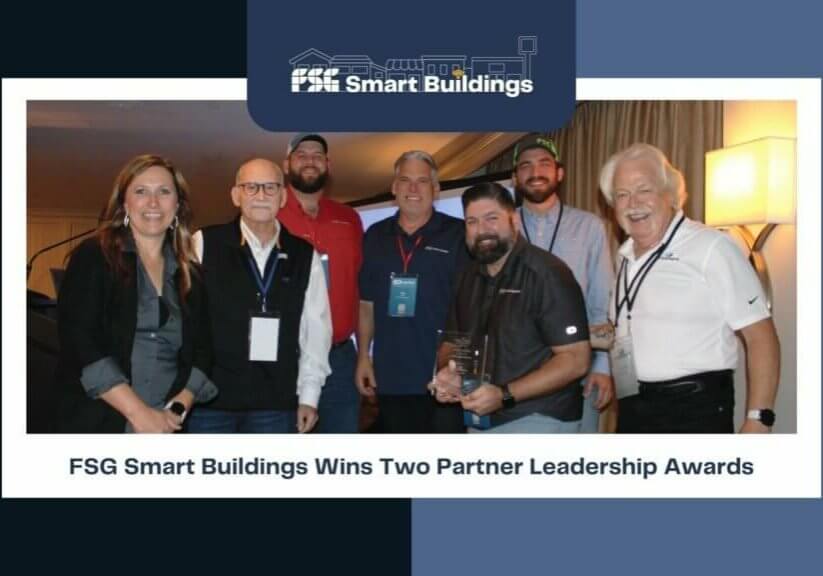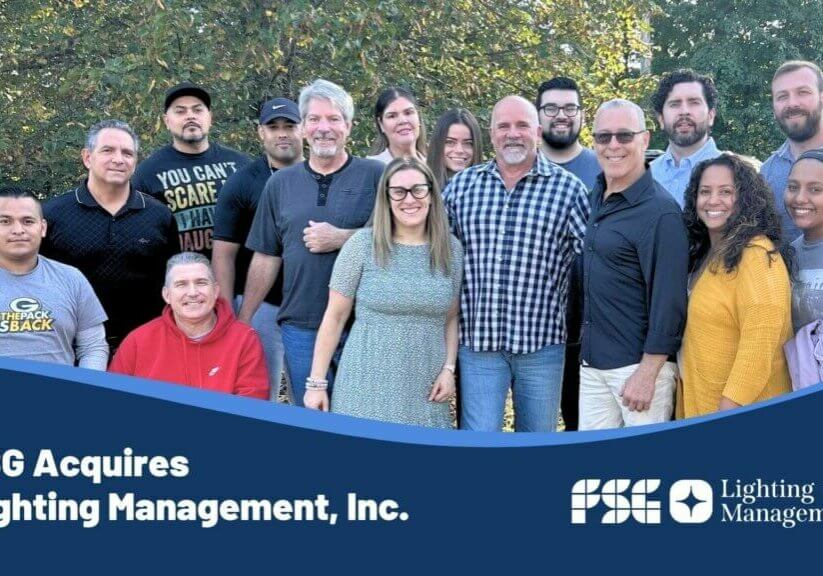Everyone loves a good water park!
Ok, well not everyone, but a lot of people do!
There’s just something about the combination of chlorine and gravity that gets our money every time.
From the wave pools, to the free fall slides, to the lazy river, the water park holds its place solidly next to baseball and apple pie as one of those things that is truly Americana.
Water parks in America have roots dating back to the 1940s when carnivals and fairs would have individual small water slides and attractions. However, organized parks didn’t start popping up in the U.S. until the 1960s and 70s.
Some four decades have passed since those first parks opened, but the truth is that very little has really changed about how water parks function today versus then– at least on the surface!
You see while the slides and water look similar to what you would have found in 1977, what’s keeping those slides and pools running is very different!
Pumps, motors, and treatment systems are much more compact, efficient, and intelligent than the pumps, motors, and treatment systems that kept the kids happy at the water parks in the 70s.
However, even as great as these advancements in technology in the water park business are, they don’t come without challenges. The primary challenge being, how do you integrate and combine new technologies with the proven designs and principles that have made water parks successful for years?
It’s an age old question– how do you mix the old with the new? How can technology come into an established industry, like water parks, and take it’s place, not just at the table, but at the head of the table?
Watch a Video About This Project
Joe Heflin, the manager of IT infrastructure for the City of Grand Prairie, found himself faced with this very question when the city decided it was time to get into the water park business! Joe learned that the answer to this question doesn’t come without a few bumps along the way, but the reality is that it can be done, and it is being done, and today Joe and his team can say, with a certain amount of pride, they have a few water slides and a lazy river on their network! So how did they do it and what did they learn? To get Joe’s answer to this question, I decided to meet Joe at a water park. However, we didn’t choose just any water park. We chose the newest water park in North Texas—- and the water park that Joe and his team had just put on their network. Epic Waters is an indoor water park in Grand Prairie Texas. Inspired by a growing young family population and a desire to offer year round fun, even on the coldest north Texas days, Epic Waters was planned, designed, and built by the city of Grand Prairie to be a first class venue for residents and guests from across the DFW Metroplex and beyond! 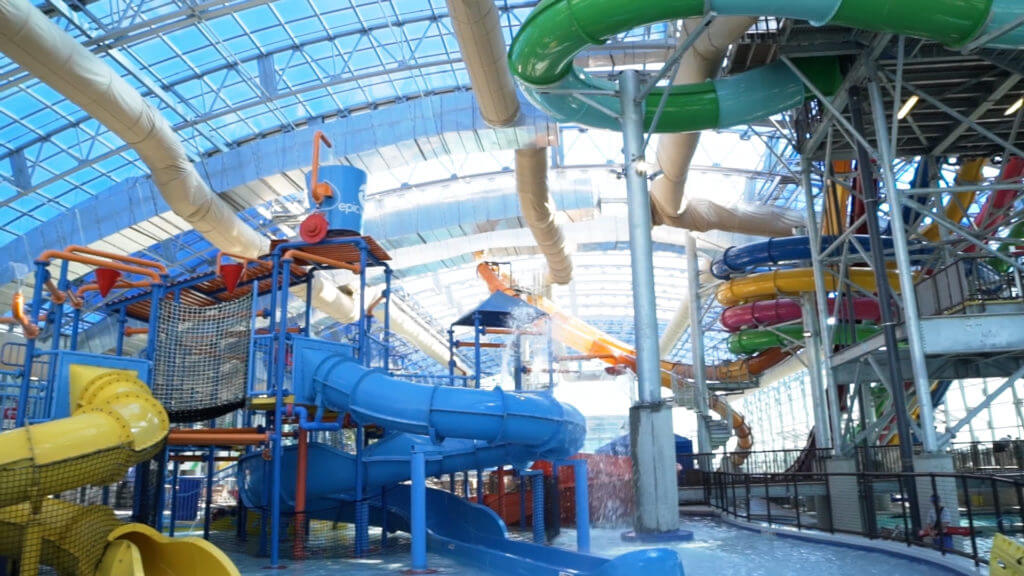 The park itself is full of “firsts” and “largest”, but when I sat down to talk to Joe, he couldn’t recall them all because his focus wasn’t so much on what was above ground, but rather what was below ground. We sat down on a Friday morning in front of the wave pool. It was about two hours before opening so the park was pretty quiet as Joe began to explain the project and his challenges with it. “Everything is connected to the internet. The pumps that pump the water, the sensors the determine if someone is in a slide, the temperature of the water, the cash registers, the TVs– it’s all on the internet! My team needed to make sure we could connect it all, but more importantly that it could all talk to what it needed to talk to reliably so that the guests could have a good experience!” For Joe and the city of Grand Prairie, building a water park wasn’t just an opportunity to give back to the community, it was also an opportunity to learn how to be a smarter community! As a year round indoor water park, the facility itself faced some challenges that most buildings don’t face. For example, the HVAC system had to be able to maintain very specific temperature set points. Make it too hot and the guests won’t want to come. Make it too cold and, well, the guests won’t want to come. Additionally, the building had to maintain a certain humidity level. Getting the humidity isn’t really a problem given the millions of gallons of water inside the building, however, keeping that humidity from getting too high is. “The level of automation in the building and building systems is pretty amazing. The staff here at the park can focus on the guests, their safety and their entertainment while the building kind of takes care of itself. Things like the temperature and humidity are all measured so the HVAC system keeps the building comfortable and safe and the infrastructure plays a huge role in that!”
The park itself is full of “firsts” and “largest”, but when I sat down to talk to Joe, he couldn’t recall them all because his focus wasn’t so much on what was above ground, but rather what was below ground. We sat down on a Friday morning in front of the wave pool. It was about two hours before opening so the park was pretty quiet as Joe began to explain the project and his challenges with it. “Everything is connected to the internet. The pumps that pump the water, the sensors the determine if someone is in a slide, the temperature of the water, the cash registers, the TVs– it’s all on the internet! My team needed to make sure we could connect it all, but more importantly that it could all talk to what it needed to talk to reliably so that the guests could have a good experience!” For Joe and the city of Grand Prairie, building a water park wasn’t just an opportunity to give back to the community, it was also an opportunity to learn how to be a smarter community! As a year round indoor water park, the facility itself faced some challenges that most buildings don’t face. For example, the HVAC system had to be able to maintain very specific temperature set points. Make it too hot and the guests won’t want to come. Make it too cold and, well, the guests won’t want to come. Additionally, the building had to maintain a certain humidity level. Getting the humidity isn’t really a problem given the millions of gallons of water inside the building, however, keeping that humidity from getting too high is. “The level of automation in the building and building systems is pretty amazing. The staff here at the park can focus on the guests, their safety and their entertainment while the building kind of takes care of itself. Things like the temperature and humidity are all measured so the HVAC system keeps the building comfortable and safe and the infrastructure plays a huge role in that!” 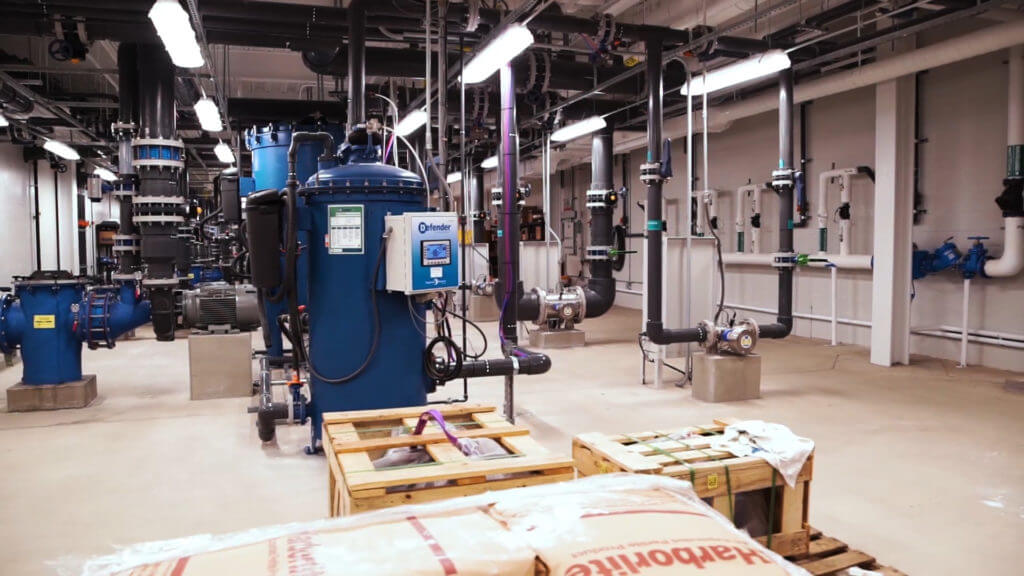 Just as important, if not more important than the comfort levels of the building are the safety levels of the water. water parks first started opening, the management of water safety was a very manual process. Water was sampled and tested on a regular schedule and rotation. The system worked, but relied on human resources keeping track of the schedule and the levels to make sure everything was in check and safe for the guests. Today’s water parks do still rely on humans to make sure things are in check and safe, but computers do a lot more of the work and can report the results faster than any human ever could. For example, if a swimming pool suddenly sees a dangerous imbalance an alert can let the licensed pool operator or manager know to get the guests out of that pool until the problem can be rectified. The result is a lowered chance of illnesses being passed, or being caused by bad water. “The pumps, the chemical levels, the motors running the pumps- all of it connects to a server in the cloud somewhere and that server is monitoring, maintaining and even making changes as needed.” As Joe was describing this to me, I began to think of all of the challenges that a place like this could present to a guy like Joe. The slides, the sensors, the pumps, the motors, the chemicals– even the games in the massive arcade room– all of it needed a connection. The logistics of getting all of these devices on line in a place where the humidity alone would kill most network switches seemed somewhat daunting to me. However, when I asked Joe what the biggest challenge was for he and his team when it came to bringing Epic Waters online, his answer surprised me—- even though it probably shouldn’t have. “Moms on their phones!” Joe went on to explain, “The kids get in the water and play, but the moms and dads sit out and surf on their phones and personal technology devices. People expect to be able to use those devices anywhere –even at the water park! We couldn’t build this park without, at least, offering that functionality. That means numerous wireless APs (Access Points) configured to handle large device loads– up to 1500 devices at one time in this room!” Joe is exactly right! You can take away the motors, the cash registers, and the sensors but you would still be left with more than 1500 personal devices fighting for the precious bytes and bits it takes to upload that next award winning picture to Facebook. The city was up for the challenge though, and they made sure to include in their plan a way to make sure every mom, dad, grandma, and grandpa had a way to brag about their little one’s (or big one’s) first trip down the water slide! My conversation with Joe gave me some insight into what technology goes into a modern day water park, but I saved my biggest question for last– How does all that technology get in there? “Planning” Joe’s answer seems kind of obvious, and I doubt anyone reading this would dare build anything without at least a napkin sketch, but Joe went on to explain, “The planning was absolutely critical to making sure things were where they needed to be. A water park is different in that if you have to go back and fix something after the fact, you’re not just tearing up concrete, you’re tearing up a lazy river as well! That can be expensive!”Joe continued, “Our structured cabling partner on this job was critical to our success. They worked with the GC and with us to make sure the planning went smoothly and the execution happened the way it needed to. They identified several issues that were corrected before the concrete and guenite went down and that saved us time and dollars! We had a hard deadline– guests were booked– we couldn’t be delayed. Our technology contractor was on top of it to the point that we were able to connect the building to the network and get things on-line before the building was even done!”
Just as important, if not more important than the comfort levels of the building are the safety levels of the water. water parks first started opening, the management of water safety was a very manual process. Water was sampled and tested on a regular schedule and rotation. The system worked, but relied on human resources keeping track of the schedule and the levels to make sure everything was in check and safe for the guests. Today’s water parks do still rely on humans to make sure things are in check and safe, but computers do a lot more of the work and can report the results faster than any human ever could. For example, if a swimming pool suddenly sees a dangerous imbalance an alert can let the licensed pool operator or manager know to get the guests out of that pool until the problem can be rectified. The result is a lowered chance of illnesses being passed, or being caused by bad water. “The pumps, the chemical levels, the motors running the pumps- all of it connects to a server in the cloud somewhere and that server is monitoring, maintaining and even making changes as needed.” As Joe was describing this to me, I began to think of all of the challenges that a place like this could present to a guy like Joe. The slides, the sensors, the pumps, the motors, the chemicals– even the games in the massive arcade room– all of it needed a connection. The logistics of getting all of these devices on line in a place where the humidity alone would kill most network switches seemed somewhat daunting to me. However, when I asked Joe what the biggest challenge was for he and his team when it came to bringing Epic Waters online, his answer surprised me—- even though it probably shouldn’t have. “Moms on their phones!” Joe went on to explain, “The kids get in the water and play, but the moms and dads sit out and surf on their phones and personal technology devices. People expect to be able to use those devices anywhere –even at the water park! We couldn’t build this park without, at least, offering that functionality. That means numerous wireless APs (Access Points) configured to handle large device loads– up to 1500 devices at one time in this room!” Joe is exactly right! You can take away the motors, the cash registers, and the sensors but you would still be left with more than 1500 personal devices fighting for the precious bytes and bits it takes to upload that next award winning picture to Facebook. The city was up for the challenge though, and they made sure to include in their plan a way to make sure every mom, dad, grandma, and grandpa had a way to brag about their little one’s (or big one’s) first trip down the water slide! My conversation with Joe gave me some insight into what technology goes into a modern day water park, but I saved my biggest question for last– How does all that technology get in there? “Planning” Joe’s answer seems kind of obvious, and I doubt anyone reading this would dare build anything without at least a napkin sketch, but Joe went on to explain, “The planning was absolutely critical to making sure things were where they needed to be. A water park is different in that if you have to go back and fix something after the fact, you’re not just tearing up concrete, you’re tearing up a lazy river as well! That can be expensive!”Joe continued, “Our structured cabling partner on this job was critical to our success. They worked with the GC and with us to make sure the planning went smoothly and the execution happened the way it needed to. They identified several issues that were corrected before the concrete and guenite went down and that saved us time and dollars! We had a hard deadline– guests were booked– we couldn’t be delayed. Our technology contractor was on top of it to the point that we were able to connect the building to the network and get things on-line before the building was even done!” 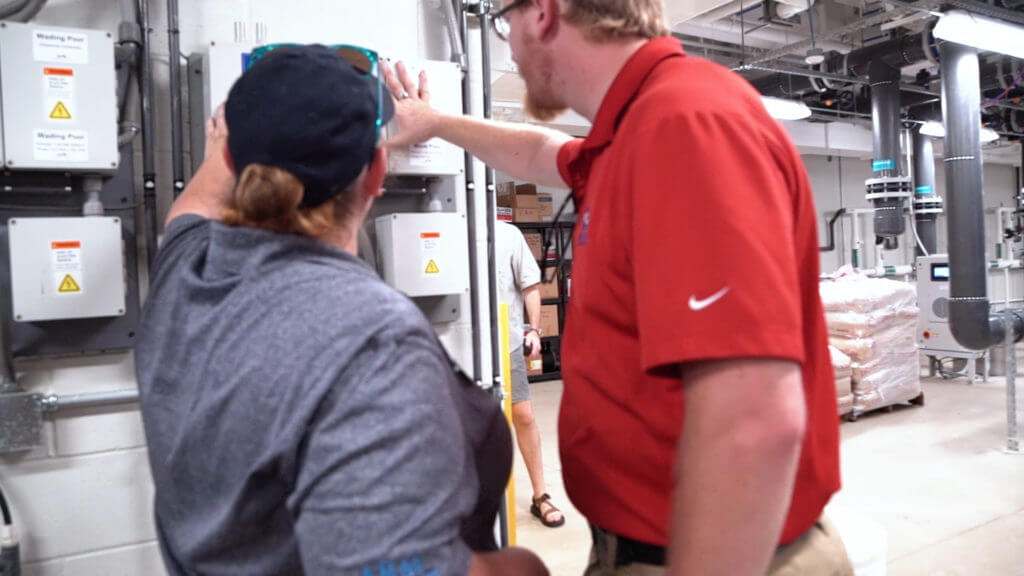 As Joe was finishing up this last thought, the wave pool behind began to bubble to life. The slides behind the wave pool and the lazy river began to churn in preparation for the guests that would be arriving shortly. It struck me as pretty incredible that as each system came on behind us there wasn’t a human being pushing a button, but a computer making a decision to “turn the water park on” for the day! And those commands were being carried by a complex roadway of low voltage cabling buried beneath the water and the dirt. We wrapped up our conversation, shook hands and Joe went back to work. After Joe left, I took a few minutes to walk around the park and admire the design of each attraction. I then walked down to the basement where machines and motors kept the slides and pools I had just been walking beside alive. Each machine had a small LCD screen on the front of it telling anyone that was passing by that everything was ok that it was, indeed, connected. I made my way back to the main level, gathered my laptop and backpack, said good-bye to the staff who had been so gracious to give me the tour and made my way to the exit. However, as I was walking out the gate, I noticed the first guests arriving. The kids— ran straight into the pool– the moms– went straight to a chair and pulled out their phones– because after all, everyone loves a good water park!
As Joe was finishing up this last thought, the wave pool behind began to bubble to life. The slides behind the wave pool and the lazy river began to churn in preparation for the guests that would be arriving shortly. It struck me as pretty incredible that as each system came on behind us there wasn’t a human being pushing a button, but a computer making a decision to “turn the water park on” for the day! And those commands were being carried by a complex roadway of low voltage cabling buried beneath the water and the dirt. We wrapped up our conversation, shook hands and Joe went back to work. After Joe left, I took a few minutes to walk around the park and admire the design of each attraction. I then walked down to the basement where machines and motors kept the slides and pools I had just been walking beside alive. Each machine had a small LCD screen on the front of it telling anyone that was passing by that everything was ok that it was, indeed, connected. I made my way back to the main level, gathered my laptop and backpack, said good-bye to the staff who had been so gracious to give me the tour and made my way to the exit. However, as I was walking out the gate, I noticed the first guests arriving. The kids— ran straight into the pool– the moms– went straight to a chair and pulled out their phones– because after all, everyone loves a good water park!  Well, almost everyone. FSG was honored to be the structured cabling contractor for the City of Grand Prairie and the Epic Waters project. FSG is a group of lighting, electrical, technology, and signage experts working together to help facility owners and operators design, build, and operate more efficient facilities so they can spend more money on the things that really matter! To learn more about FSG, visit www.fsgi.com. To learn more about Epic Waters, visit www.epicwatersgp.com
Well, almost everyone. FSG was honored to be the structured cabling contractor for the City of Grand Prairie and the Epic Waters project. FSG is a group of lighting, electrical, technology, and signage experts working together to help facility owners and operators design, build, and operate more efficient facilities so they can spend more money on the things that really matter! To learn more about FSG, visit www.fsgi.com. To learn more about Epic Waters, visit www.epicwatersgp.com



